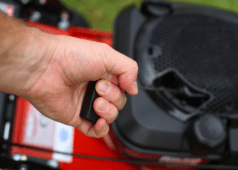How to Guide for Creating a DIY Planter Box
A planter box is always a great addition to any window frame, backyard, or even an apartment balcony, giving you a fun weekend hobby and stunning plants. You might be waiting to have the right backyard to get into gardening, but a DIY planter box could be what you need to begin your gardening, especially since you can make a customized solution to suit your needs and preferences!
In this comprehensive guide, we will delve into the fascinating realm of DIY planter boxes. Join us as we discover the numerous benefits, step-by-step instructions, creative ideas, maintenance tips, and additional advantages that DIY planter boxes offer.
What is a DIY Planter Box?
A DIY planter box is a versatile container designed to hold plants, allowing you to create a stunning garden space anywhere. Whether you have a limited outdoor area or want to add a touch of greenery to your balcony, a planter box is the perfect solution. These boxes come in various materials, such as wood, metal, or even repurposed items, and can be customized to fit your personal style and needs.
Benefits of Creating DIY Planter Boxes
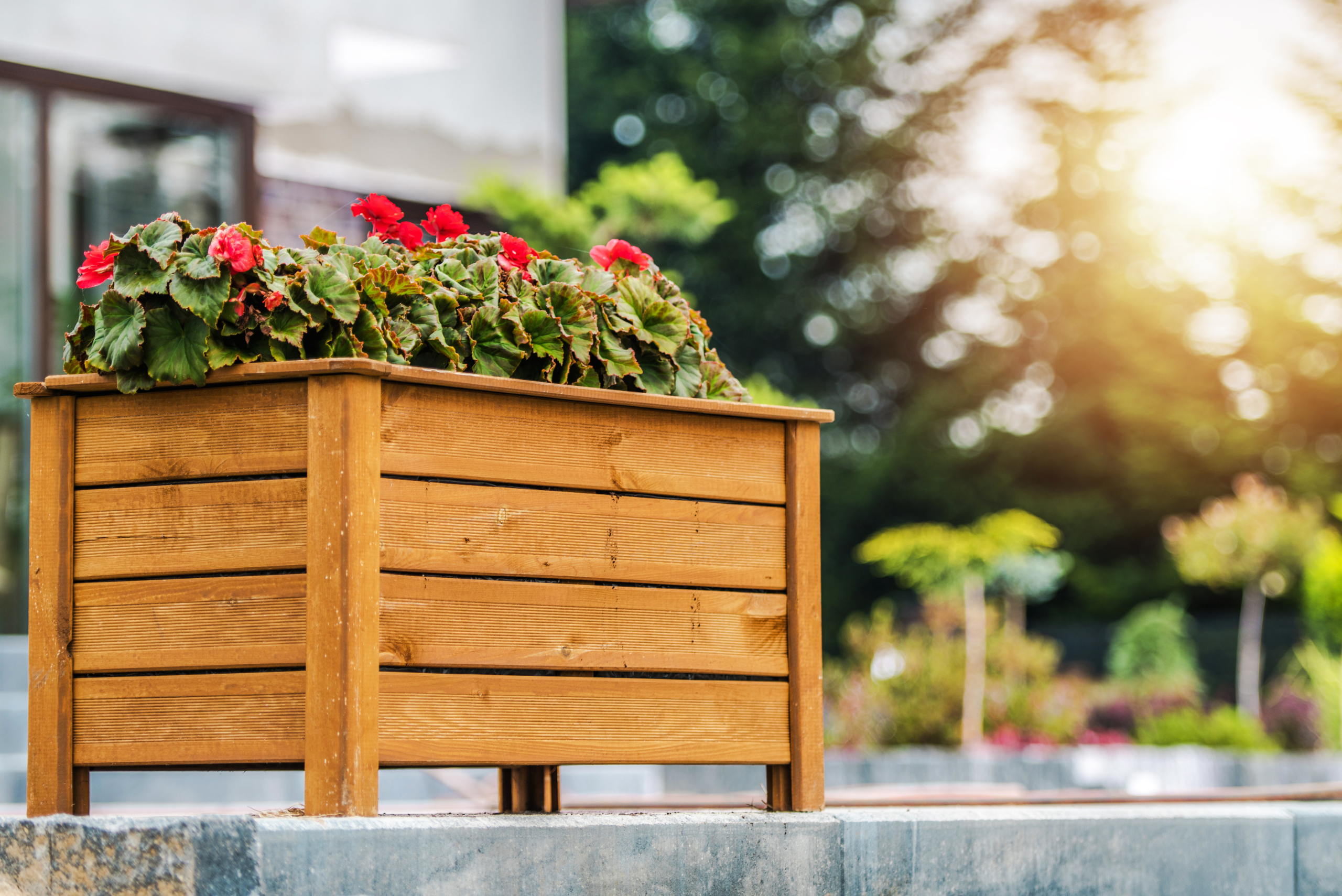
One of the main advantages of DIY planter boxes lies in their customization and personalization options. You have the freedom to choose the size, shape, and color that best complements your space and reflects your unique taste. Additionally, building your own planter box is a cost-effective alternative to purchasing pre-made ones. By utilizing readily available materials and tools, you can save money while experiencing the joy and satisfaction of creating something with your own hands. Moreover, DIY planter boxes offer versatility and adaptability, enabling you to grow different types of plants, herbs, or flowers and easily move them around as needed.
Tools and Materials Needed
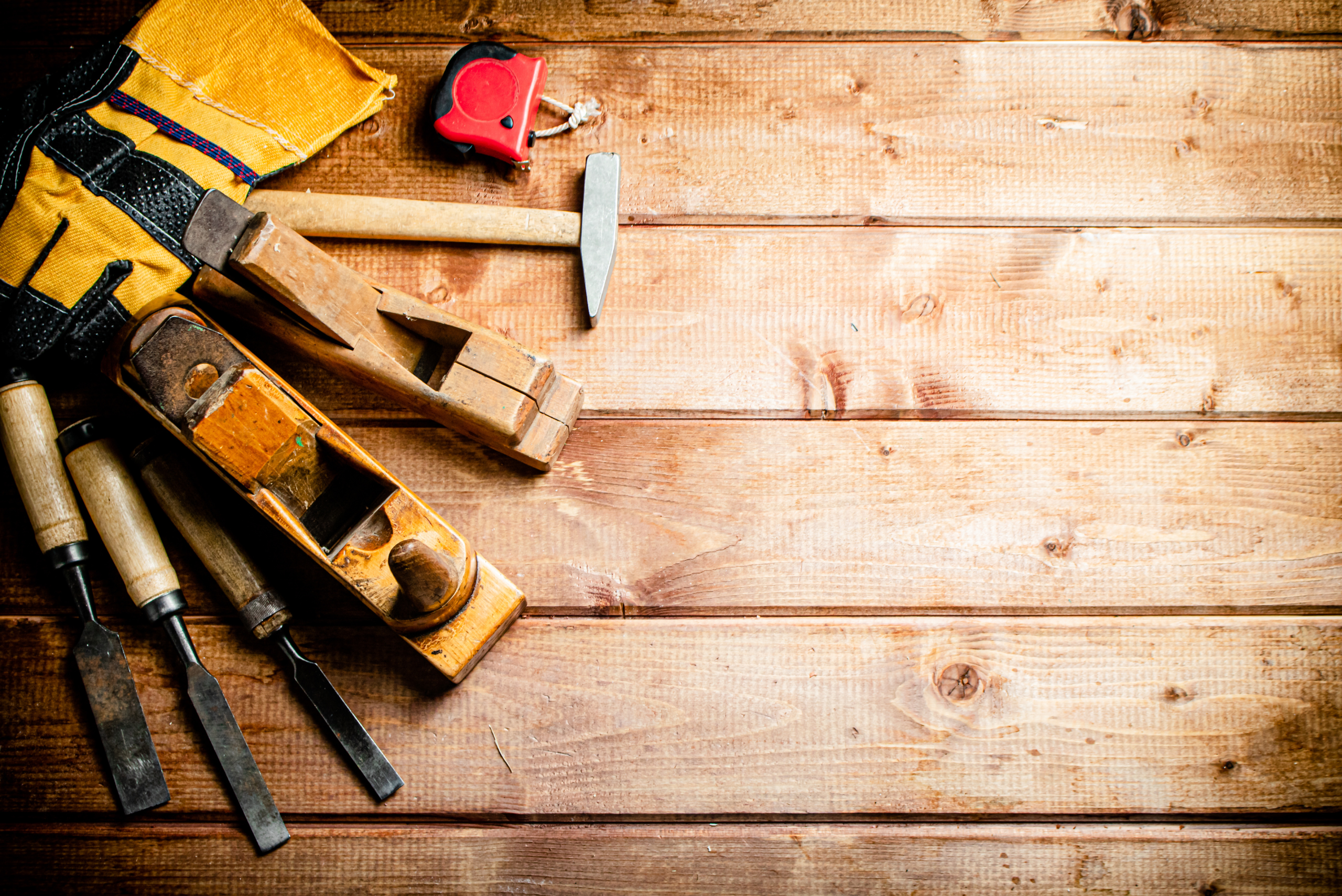
Before embarking on your DIY planter box project, it is essential to gather the necessary tools. These may include the following:
Tools:
- Saw
- Impact driver or drill with bits
- Measuring tape
- Carpenter’s square
- Sanding blocks or a power sander
- Paintbrush or stain applicator (if you choose to finish the wood)
- Hammer
- Hand planer (optional to even out wood)
Materials:
- Cedar or pressure-treated lumber (cedar is often preferred for its natural resistance to decay and insects)
- Screws or nails
- Wood glue
- Sandpaper
- Exterior wood stain or paint (optional)
- Weed barrier fabric (optional)
- Gravel or small stones (optional for drainage)
Step-by-Step Guide to Building a DIY Planter Box
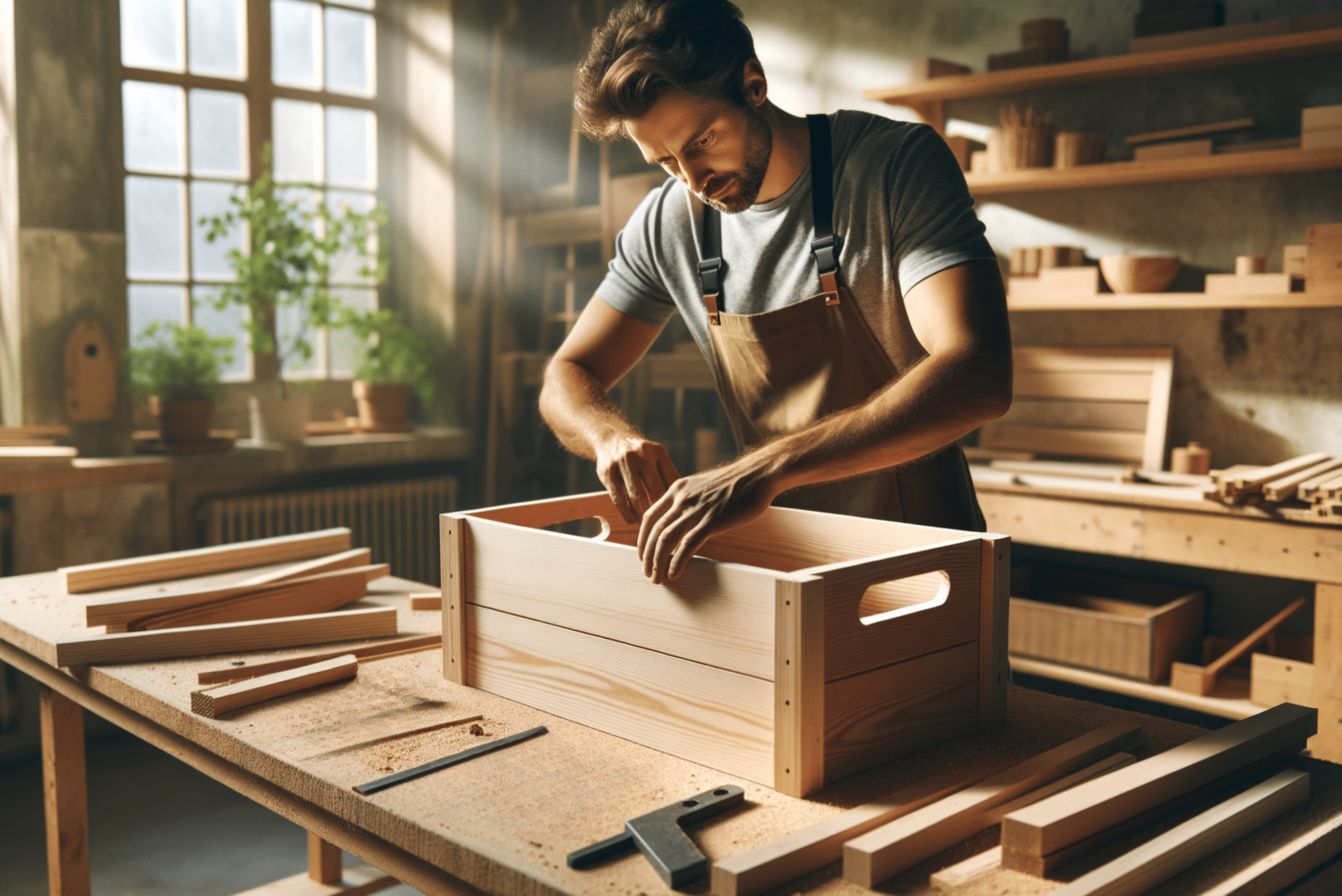
Now that you have your tools and materials ready let’s dive into the step-by-step process of building your own DIY planter box.
- Design your planter box: Decide on the size and shape of your planter box. Consider the type of plants you want to grow and the space available.
- Gather materials: Purchase the necessary lumber and other materials based on your design.
- Cut the lumber: Use a saw to cut the lumber to the desired lengths. You’ll need pieces for the sides, ends, and base of the planter.
- Assemble the sides: Lay out the cut pieces to form the sides of the planter box. Use a carpenter’s square to ensure the corners are at right angles. Apply wood glue to the joints and secure them with screws or nails.
- Add the base: Attach the bottom piece to the assembled sides. Make sure it’s securely fastened with screws or nails.
- Sand the edges: Use sandpaper or a power sander to smooth the edges and surfaces of the planter box.
- Finish the wood (optional): If you want to protect the wood and enhance its appearance, you can apply an exterior wood stain or paint. Follow the product instructions for the best results.
- Add accents (optional): You can add further customization to your plant box using a mix of different materials, such as using metal for legs or edges.
- Add drainage (optional): To prevent waterlogging, you can line the bottom of the planter with weed barrier fabric and add a layer of gravel or small stones for drainage. Also, consider drilling holes in the base.
- Place the planter box: Choose a suitable location for your planter box, considering sunlight and accessibility for watering.
- Plant your flowers or herbs: Fill the planter with a quality potting mix and plant your chosen flowers, herbs, or vegetables.
Remember to adapt these instructions based on your specific design and preferences. Always prioritize safety by wearing appropriate protective gear and follow the manufacturer’s recommendations for any products you use.
Creative Ideas for DIY Planter Boxes
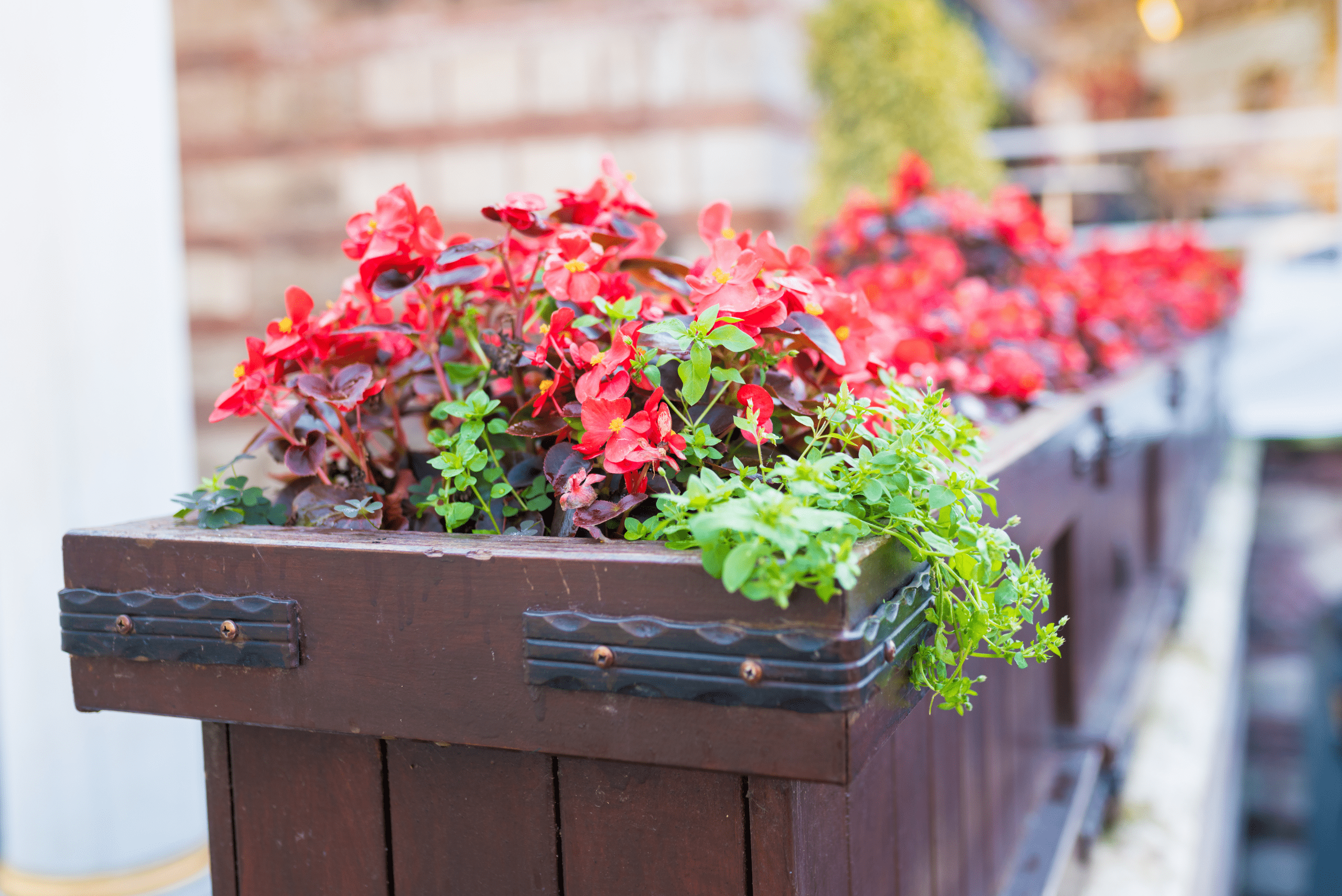
If you’re looking for inspiration to make your planter box truly unique, consider exploring creative ideas. Experiment with different designs and styles, such as tiered planters or hanging boxes, to add a touch of innovation to your space. Furthermore, embrace an eco-friendly approach by upcycling and repurposing materials like old tires, wine barrels, or even rain gutters. Let your imagination soar, and create a planter box that stands out and reflects your personality. The possibilities are endless!
Maintaining and Caring for DIY Planter Boxes
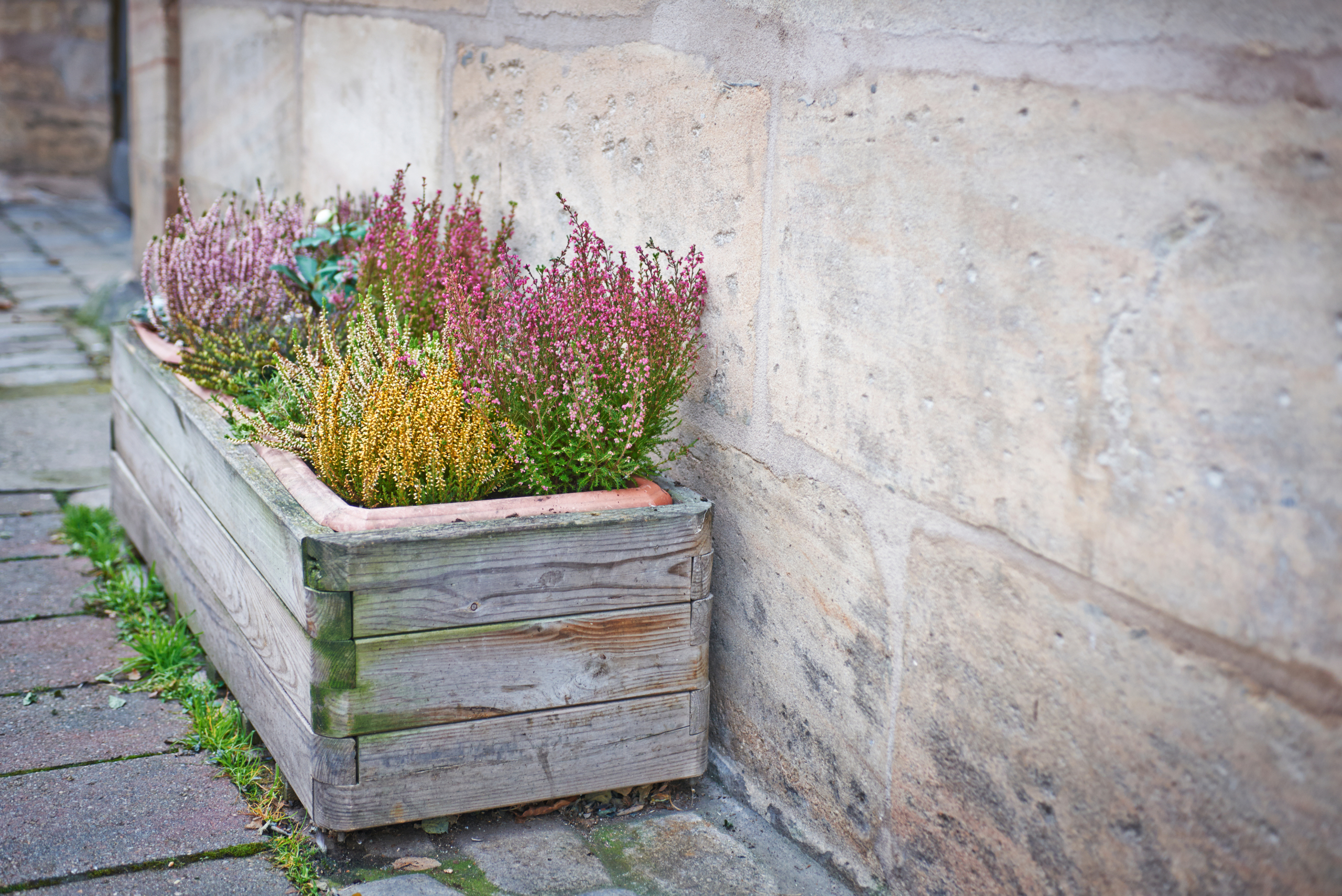
Once your DIY planter box is complete, it is crucial to know how to care for it properly. Ensure proper watering and drainage by adding holes at the bottom and using a suitable soil mix. Regularly check the moisture levels and adjust watering accordingly to maintain optimal plant health. Also, be mindful of seasonal maintenance, such as protecting the box from extreme weather conditions or implementing effective pest control strategies. By following these maintenance tips, your planter box will thrive and provide a beautiful home for your plants.
Other articles you might enjoy:
- Best Wood Types for DIY Furniture Projects: Pros and Cons
- Open Wine Sans Corkscrew: 10 Creative Methods
- From Plywood to Play: How To Build Cornhole Boards
In addition to the aforementioned advantages, DIY planter boxes offer a multitude of other benefits. They enhance outdoor aesthetics and curb appeal, transforming any space into a visually appealing oasis. Engaging in DIY projects like building planter boxes also promotes a sense of fulfillment and pride as you witness your creation come to life. Moreover, gardening activities have been proven to promote mental well-being and serve as a therapeutic outlet for stress relief. Immerse yourself in the world of DIY planter boxes to reap the rewards, and don’t forget to submit the results of your DIY project to have it showcased on ManMadeDIY!



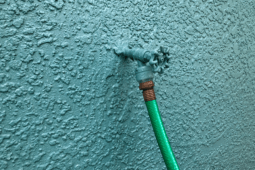
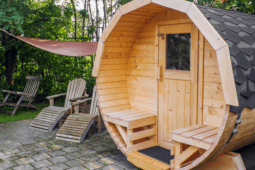
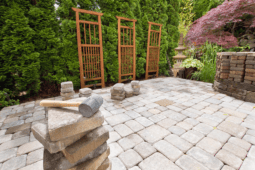
![How To Clean Patio Pavers [Without a Pressure Washer!]](https://www.manmadediy.com/wp-content/uploads/sites/52/2024/06/broom-15377-238x170.png)

